How to Prepare for Rhinoplasty: Pre-Surgery Checklist and Lifestyle Changes
November 5, 2025
Rhinoplasty is one of the most technically demanding facial surgeries out there, and the outcome hinges not just on the surgeon’s hands but on how well you prepare. A thoughtful plan boosts safety, lowers complication risk, and makes recovery smoother. Below is a practical, comprehensive guide—clinical, logistical, and lifestyle—to get you ready for primary or revision rhinoplasty.
Note: This article is educational and not a substitute for medical advice. Always follow your surgeon’s and anesthesiologist’s specific recommendations.
Note: This article is educational and not a substitute for medical advice. Always follow your surgeon’s and anesthesiologist’s specific recommendations.
Establishing Objectives and Surgical Candidacy
Clear goals and a frank look at your anatomy, risks, and expectations set the tone for success.
Functional versus aesthetic indications
Functional versus aesthetic indications
- Functional: Nasal obstruction (e.g., septal deviation, turbinate hypertrophy, nasal valve collapse), trauma sequelae, chronic sinus disease, congenital anomalies.
- Aesthetic: Dorsal hump reduction, tip refinement/rotation, base narrowing, asymmetry correction.
- Combined functional–aesthetic rhinoplasty is common—fixing airway issues often requires structural moves that also influence shape.
- Talk through what’s actually achievable based on your anatomy, skin thickness, and healing patterns.
- Many surgeons use brief BDD screeners; if concerns pop up, a mental health referral is wise. Digital imaging helps align expectations, but it’s not a promise.
- Expect a full exam: external analysis, internal inspection, and often nasal endoscopy to assess the septum, turbinates, and internal/external valves.
- Imaging: CT scans are reserved for trauma, chronic sinus disease, suspected polyps, or complex revisions. Routine CT isn’t needed for straightforward aesthetic cases.
- Standard high-res photos (frontal, obliques, lateral, base view) guide planning and track outcomes.
- 2D/3D morphing clarifies priorities and expectations—keeping in mind swelling and tissue dynamics mean final results will vary.
- Choose a board-certified surgeon (ABOto/ABOHNS—facial plastic surgery; ABPS—plastic surgery) with deep rhinoplasty experience and a robust before/after portfolio.
- Facility accreditation matters: AAAASF, AAAHC, or The Joint Commission.
- Anesthesia plan: Most procedures use general anesthesia with endotracheal intubation for airway protection and bleeding control. Some minor tip work can be done with sedation plus local—ask about pros and cons.
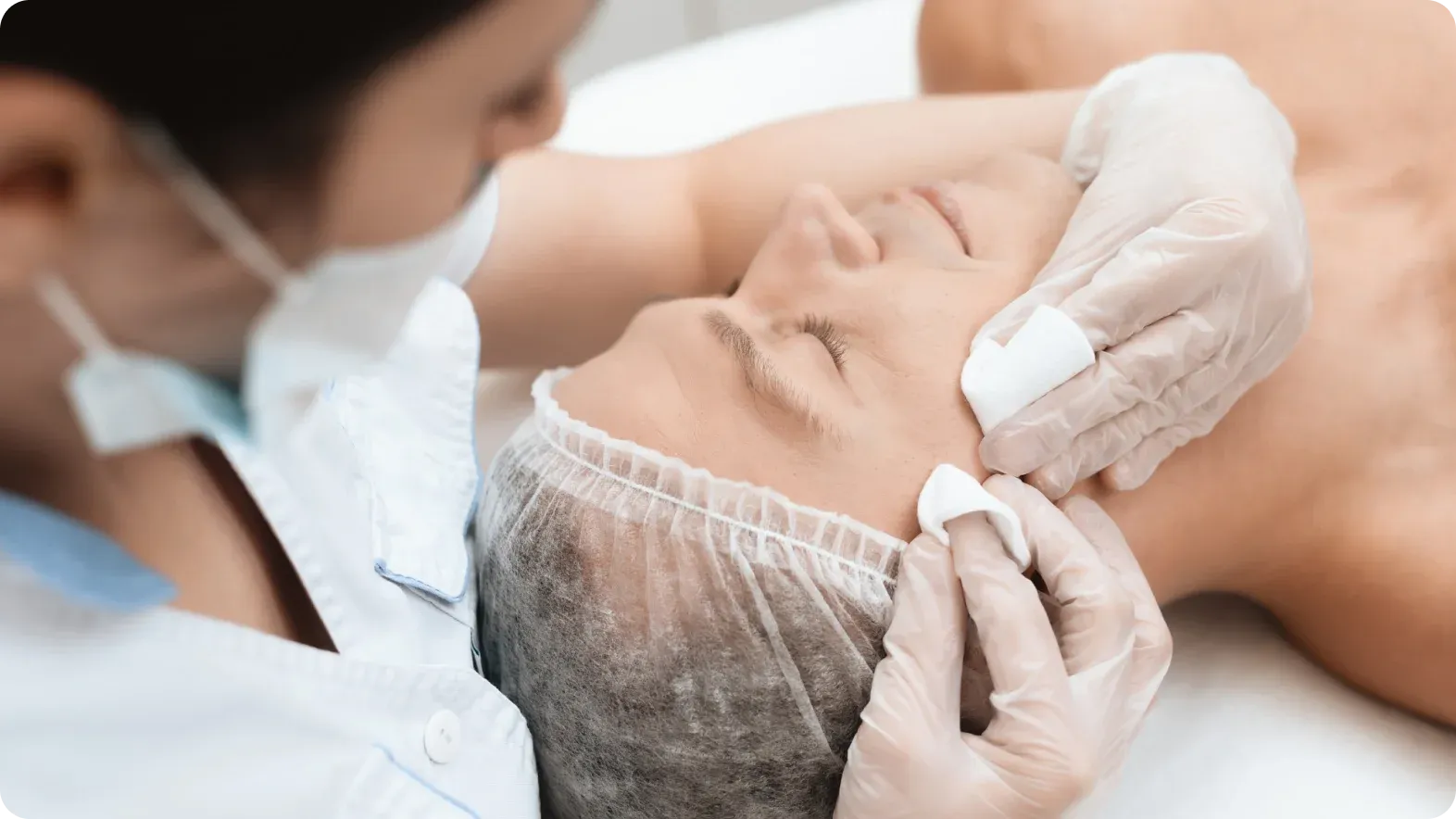
Medical Evaluation and Optimization
A thorough pre-op workup reduces avoidable issues and lets your team tailor anesthesia and aftercare to your needs.
Comprehensive medical history and exam
Comprehensive medical history and exam
- Past surgeries, anesthesia issues (e.g., malignant hyperthermia, severe PONV), bleeding history, current meds, allergies, and family history of bleeding/thromboembolism.
- Risk stratification: ASA Physical Status (I–IV). Most elective candidates are ASA I–II; higher ASA calls for closer optimization.
- Typical: CBC (if moderate bleeding expected or anemia risks), BMP (if comorbidities or diuretics), pregnancy test on the day of surgery for women of childbearing potential.
- Coagulation panel if you’re on anticoagulants or have a bleeding history.
- ECG if you have known cardiovascular disease, notable risk factors, or are older (per ACC/AHA and local protocols).
- Sleep apnea screening (STOP-BANG) if snoring, daytime sleepiness, or obesity is present.
- Hypertension: Get it controlled; take most antihypertensives the morning of surgery (confirm ACE inhibitor/ARB guidance with anesthesia).
- Diabetes: Aim for A1C ideally <7.5–8%. Adjust insulin/oral meds per protocol. Expect peri-op glucose checks—steroids for nausea can bump sugars temporarily.
- Thyroid disease: Be euthyroid before surgery.
- Obstructive sleep apnea: Bring your CPAP. Post-op nasal splints can complicate nasal masks—line up an oral interface or a custom plan with your surgeon and sleep specialist.
- Upper respiratory infections (URIs): Postpone nasal surgery until 2–4 weeks after resolution to reduce bleeding and airway reactivity.
- COVID-19: Timing depends on severity and time since infection; many practices wait several weeks after recovery—individualize with your team.
- Isotretinoin: Evidence is evolving; many surgeons prefer a 6-month break before surgery, especially when refining cartilage/skin envelope—discuss your specifics.
- Vaccinations: To avoid confusion with post-op symptoms, schedule influenza/COVID shots at least 1–2 weeks before surgery or wait ~2 weeks after (unless advised otherwise).
Medication and Supplement Management
Medications and supplements can sway bleeding, bruising, and anesthesia interactions—plan changes with your prescribers.
Anticoagulants, antiplatelets, and NSAIDs
- Aspirin (primary prevention): Often stopped 7 days pre-op; continue if secondary prevention is critical (loop in cardiology).
- Clopidogrel/prasugrel/ticagrelor: Typically hold 5–7 days; coordinate with cardiology if you have stents or recent ACS.
- Warfarin: Usually stop 5 days pre-op; consider LMWH bridging only for high thromboembolic risk (e.g., mechanical mitral valve, VTE <3 months, AF with very high CHA2DS2-VASc).
- DOACs (apixaban, rivaroxaban, dabigatran): Hold 2–3 days; longer if renal impairment or higher bleeding risk; no bridging in most cases.
- NSAIDs (ibuprofen, naproxen, diclofenac): Stop 5–7 days pre-op. Use acetaminophen instead.
- Post-op resumption: Resume these meds post-op as your surgeon advises (often after bleeding risk eases).
Herbal supplements and vitamins with bleeding risk
- Stop 1–2 weeks pre-op: ginkgo, garlic, ginseng, St. John’s wort, high-dose vitamin E, fish oil/omega-3, turmeric, saw palmetto. Standard multivitamins are usually fine—confirm.
Steroids, retinoids, and acne treatments
- Chronic systemic steroids: You may need peri-op “stress-dose” steroids if you’ve taken ≥5 mg prednisone daily for >3 weeks in the past 3–12 months—coordinate with anesthesia.
- Topical retinoids/strong exfoliants: Many surgeons pause them on nasal skin 1–2 weeks prior to minimize irritation.
- Isotretinoin: See timing above. Don’t restart until you’re cleared.
Allergy verification and perioperative medication plan
- Confirm true allergies versus side effects: (nausea isn’t anaphylaxis). This steers antibiotic choice: cefazolin is common unless there’s true beta-lactam anaphylaxis (then clindamycin may be used).
- PONV prophylaxis: If you’re prone to severe nausea, ask about a multimodal plan (ondansetron, dexamethasone, scopolamine patch).
- Pre-fill prescriptions for pain control, antibiotics (if prescribed), antiemetics, and nasal sprays so everything’s ready when you get home.
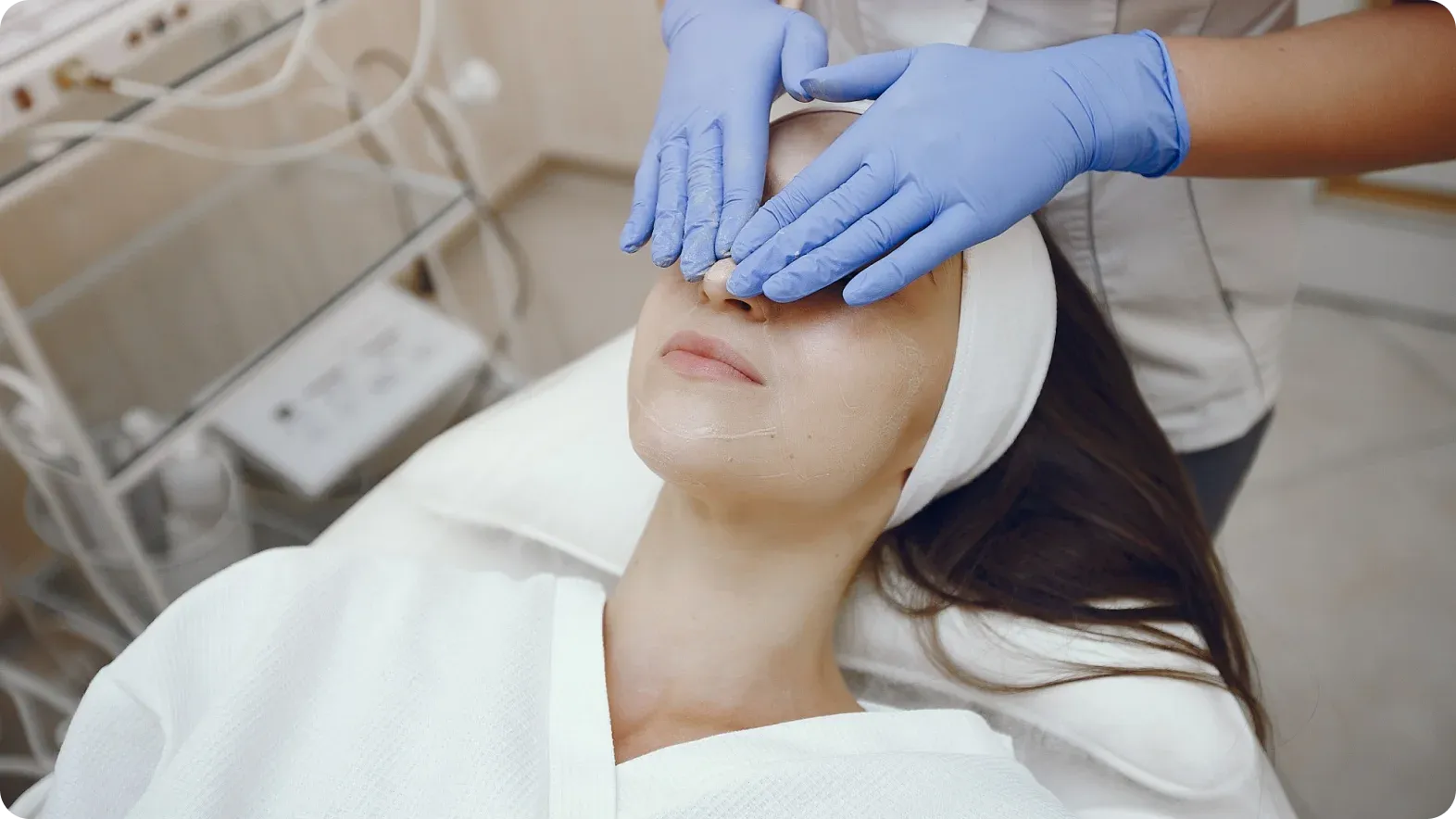
Lifestyle Modifications and Recovery Preparation
Your habits in the weeks before surgery affect bleeding, bruising, infection risk, and healing—more than most people think.
Nicotine cessation (including vaping)
- Stop all nicotine at least 4–6 weeks before and after surgery. Nicotine constricts vessels, limits oxygen delivery, and raises the risk of skin necrosis, infection, and poor cartilage healing.
- Some practices do cotinine testing. If you need nicotine replacement, discuss options (many surgeons prefer complete avoidance).
Alcohol, caffeine, and recreational drugs
- Alcohol: Cut back for 2 weeks before; avoid entirely for 48–72 hours pre-op. Heavy drinkers should taper under supervision to avoid withdrawal.
- Caffeine: Keep a steady, moderate intake the week before to dodge withdrawal headaches—but follow NPO rules on surgery day (some centers allow clear liquids up to 2 hours; ask if black coffee counts).
- Recreational drugs:
- Cannabis: Avoid for at least 72 hours pre-op; daily heavy users may need a longer taper and anesthetic adjustments. Be upfront—safety first.
- Cocaine/amphetamines: Avoid completely; recent use spikes cardiovascular risks. Disclose stimulant prescriptions—your anesthesiologist will advise whether to hold them the morning of surgery.
Nutrition and hydration
- Protein: Aim for 1.2–1.5 g/kg/day for 2 weeks pre-op to support collagen and healing.
- Micronutrients: Ensure vitamin C (about 500 mg twice daily), zinc (15–30 mg/day; don’t exceed 40 mg/day), and iron if ferritin is low (<30 ng/mL). Correct anemia 6–8 weeks ahead when possible.
- Fiber and bowel regimen: Target 25–35 g/day; start a stool softener (e.g., docusate) when you begin opioids to prevent constipation.
- Hydration: 30–35 mL/kg/day unless fluid-restricted. Keep it up until the NPO cut-off.
Sleep, exercise, and sun exposure
- Sleep: Prioritize 7–9 hours a night. Poor sleep ramps up pain and slows recovery.
- Exercise: Keep up moderate exercise until the week of surgery; avoid new high-risk activities that could ding your face. You’ll pause strenuous exercise post-op per instructions.
- Sun: Don’t get sunburned pre-op; use broad-spectrum SPF 30+. Post-op, shield the nose from UV to reduce hyperpigmentation while tissues heal.
Planning work, travel, and caregiving
- Time off: Many people take 7–10 days off for primary rhinoplasty, but bruising/swelling vary.
- Travel: Avoid flying for 1–2 weeks and skip long trips early on—pressure changes and limited access to care can complicate things.
- Caregiver: Line up a responsible adult to stay with you for the first 24 hours after anesthesia.
Practical Logistics and Day-of-Surgery Checklist
Small prep steps make a big difference when you’re home—especially with splints in place and airflow feeling different.
Home setup for recovery
- Sleep with your head elevated 30–45 degrees (wedge pillow or extra pillows) for 1–2 weeks to curb swelling.
- Cold compresses on the cheeks and around the eyes (not directly on the nose) for 10–15 minutes at a time during the first 48 hours.
- Use a humidifier and saline nasal spray (as directed) to ease dryness and crusting.
- Supplies: Sterile gauze for drip pad changes, lip balm, gentle cleanser, petrolatum for incision care if instructed, paper tape if taping is part of your plan, a thermometer, and a small bin nearby.
- Medications: Acetaminophen, prescribed pain meds, an antiemetic, stool softener, saline spray, antibiotic ointment (if instructed). Avoid NSAIDs until cleared.
Transportation, caregiver, and documentation
- Arrange a licensed adult to drive you home and stay the first night. Rideshares without an escort are usually not allowed after anesthesia.
- Have consent forms, pre-op photo review, and financial details squared away in advance.
Pre-op instructions (follow your facility’s specifics)
- Fasting (NPO): No solids for at least 6–8 hours pre-anesthesia. Clear liquids (water, electrolyte drinks, pulp-free juice) are often allowed up to 2 hours—confirm locally. Skip milk/cream.
- Antiseptic shower the night before and the morning of surgery with chlorhexidine or as directed; don’t apply it inside the nose. Avoid lotions, perfumes, and makeup on surgery day.
- Attire: Wear a clean, front-fastening shirt so you’re not pulling anything over your face. Remove all jewelry, piercings (including nose rings), and nail polish/acrylics where the pulse ox goes. No contact lenses.
- Medications: Take only what’s approved with a small sip of water. Bring inhalers (if asthmatic), CPAP (if OSA), and an up-to-date med list.
What to bring and what to expect
- Bring a government ID, insurance card (if applicable), payment method, and pre-filled prescriptions if allowed.
- Expect pre-op marking, a final plan review, and a brief team “time-out” for safety.
- Early recovery milestones:
- First 24–48 hours: Swelling and bruising peak; mild bloody oozing is normal. Keep the drip pad clean and change as directed.
- Days 3–5: Discomfort improves—keep elevating and using cold compresses.
- Day 5–7: External splint and sutures often come off; breathing starts to feel better as swelling eases (internal swelling lasts longer).
- 2–6 weeks: Most visible bruising clears. Avoid glasses on the bridge unless your surgeon gives you a taping or splint workaround.
- Red flags—call your surgeon immediately if you have:
- Rapid bleeding soaking a drip pad every 10–15 minutes for over an hour
- Fever >38.6°C (101.5°F) after day two, escalating pain, or foul drainage
- Visual changes, severe headache, or neck stiffness
- Persistent vomiting with inability to keep fluids down
- Worsening shortness of breath or chest pain
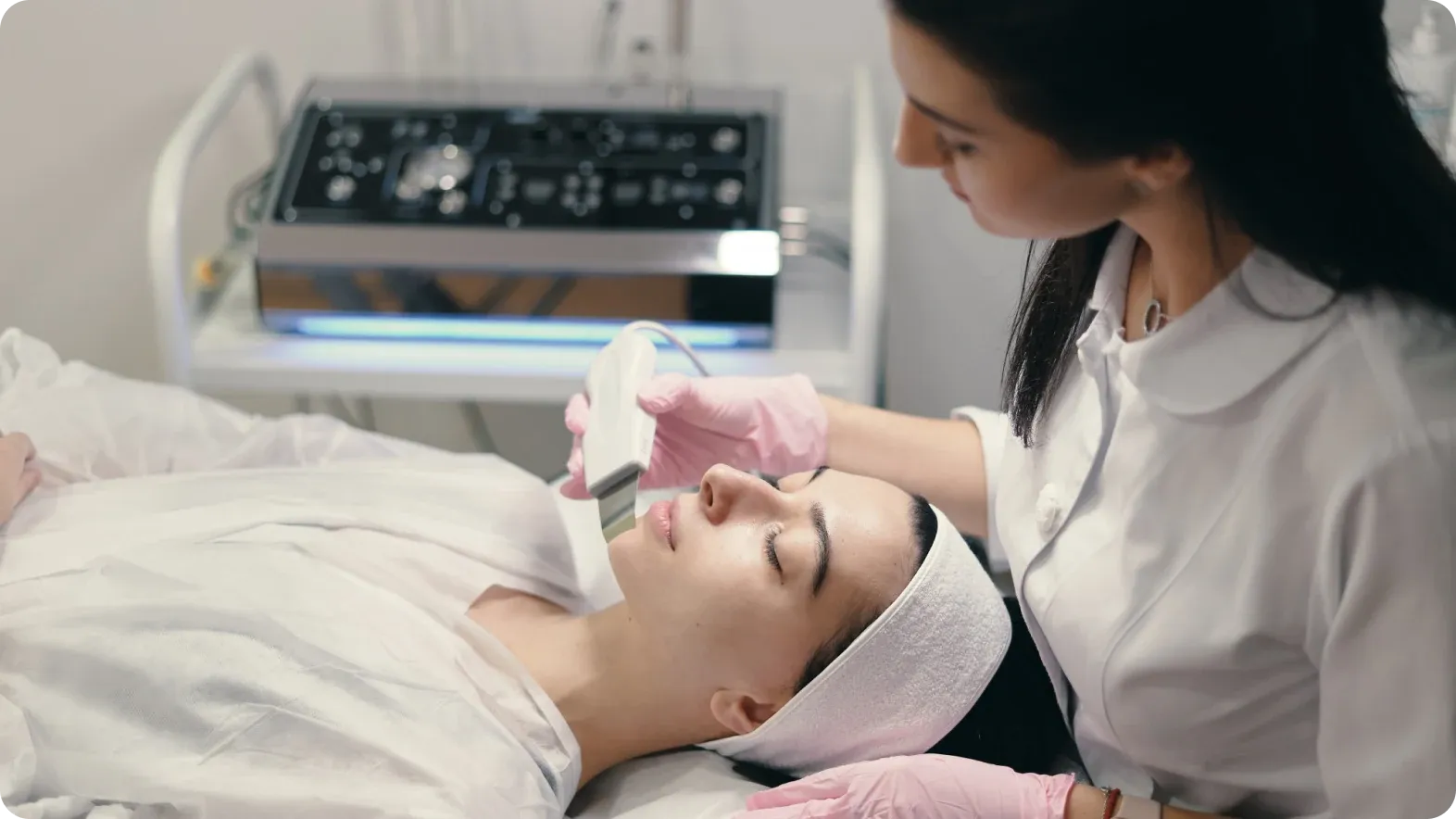
Sample Timeline: Six Weeks to the Night Before
6–8 weeks before
- Consultations, surgeon selection, and planning with photos.
- Stop nicotine/vaping; begin nutrition optimization; discuss isotretinoin timing if relevant.
- Review meds with prescribers (e.g., cardiology, hematology) for anticoagulation plans.
- Ensure blood pressure, glucose, and thyroid function are controlled.
- Adjust supplements (stop ginkgo, garlic, ginseng, St. John’s wort, fish oil, vitamin E).
- Build your home recovery setup; arrange a caregiver and time off.
- Final pre-op visit; confirm instructions and prescriptions.
- Taper alcohol; keep caffeine steady.
- Avoid high-risk activities that could injure your face.
- Stop NSAIDs and, if instructed, aspirin/antiplatelets/anticoagulants per plan.
- Keep up a protein-rich diet, vitamin C, and zinc within safe limits.
- Check vaccination timing (avoid new vaccinations this week unless advised).
- Hydrate well; avoid alcohol and recreational drugs.
- Pre-fill prescriptions; pack your day-of bag.
- Apply a scopolamine patch the evening before if prescribed for PONV.
- Antiseptic shower; remove all jewelry/piercings; wear front-fastening clothing.
- Follow the NPO timeline exactly; take only approved meds with small sips of water.
- Bring your ID, medication list, CPAP/inhalers, and an escort.
Conclusion
Great rhinoplasty results come from meticulous surgical planning—and equally meticulous patient prep. By aligning your goals, optimizing your health, managing medications safely, and getting your home (and schedule) set up, you’ll lower risks and set realistic expectations for recovery. Use this checklist as your roadmap, and lean on your surgeon and anesthesia team for tailored advice. The effort you put in now pays off later with a smoother recovery and more predictable long-term results.

Schedule Your Appointment with Dr. Mourad
If you are considering facial plastic surgery and want results that enhance your natural beauty without looking overdone, schedule a consultation with Dr. Moustafa Mourad today. You will receive personal, expert guidance at every step—from your first visit to your final result.
From Our Blog

November 7, 2025 | Dr. Moustafa Mourad | Uncategorized
How Long Until the Final Result? The Truth About Swelling, Shape Changes, and Patience After Rhinoplasty — Managing Expectations
Rhinoplasty is both a structural procedure and a healing journey. Everyone wants to know: when will I see “the final nose”? Fair question—just not a simple one. Bones, cartilage, skin, and mucosa recover on different timelines; swelling fades in waves; and the tip keeps evolving long after the splint comes off. The good news? When expectations match biology and timing, uncertainty turns into confidence. Here’s what happens, why it happens, and how to navigate the process with realistic checkpoints and smart strategies.
READ THE ARTICLE
November 7, 2025 | Dr. Moustafa Mourad | Uncategorized
Revision Rhinoplasty: Why Some Patients Need a Second Nose Job and What to Ask — Less Common but High Value
Elective rhinoplasty is one of the most technically demanding operations in facial plastic surgery. Even when everything goes “right,” tiny asymmetries, how scars mature, or lingering breathing issues can blunt an otherwise good first result. Most people are happy after their primary surgery. But a meaningful minority—often quoted in the literature as about 5–15%—consider a revision.
READ THE ARTICLE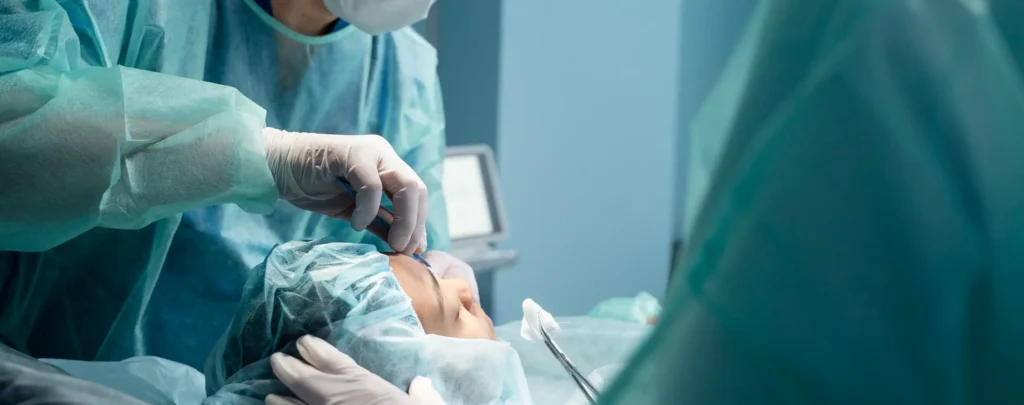
November 7, 2025 | Dr. Moustafa Mourad | Uncategorized
What Age Is Appropriate for Rhinoplasty? Teen Patients and Adults — Evidence-Based, Age-Related Considerations
Rhinoplasty is one of the most personalized procedures in facial plastic surgery. Age matters—a lot. Not just the number on a birth certificate, but where someone is in facial growth, psychological readiness, and overall health. This guide pulls together the current thinking on how age affects candidacy and planning, comparing teen and adult patients and laying out practical safeguards that keep results safe, predictable, and natural.
READ THE ARTICLE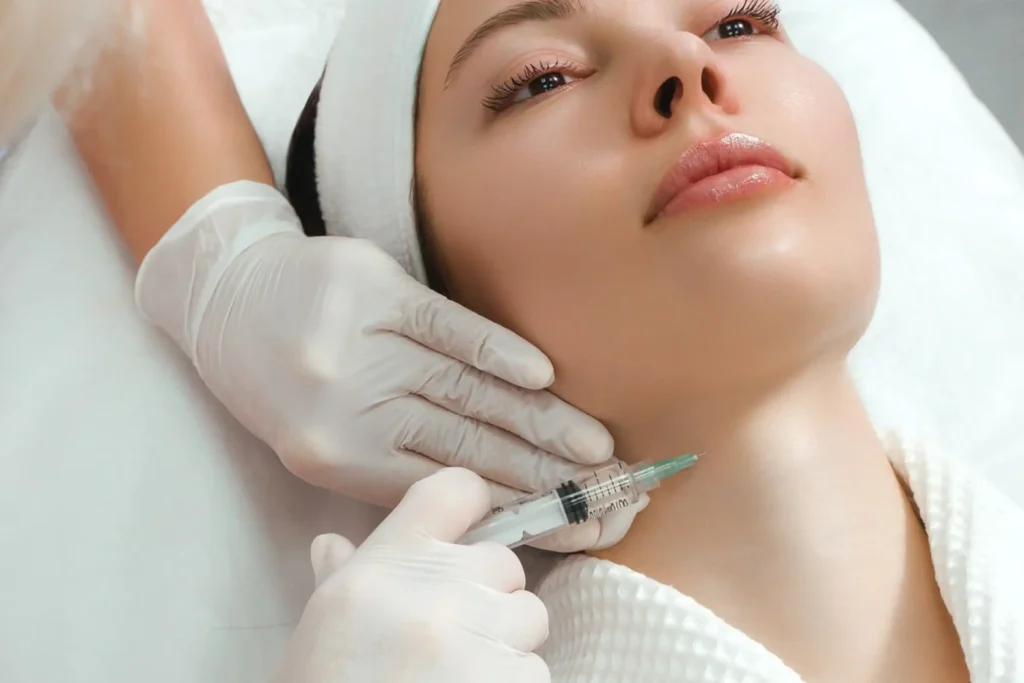
November 6, 2025 | Dr. Moustafa Mourad | Uncategorized
The Role of Skin Thickness, Nasal Cartilage, and Bone Structure in Your Rhinoplasty Outcome — An Anatomical Deep‑Dive
Every patient wants to know how long recovery will take after their facial plastic surgery procedure. The answer is that recovery isn’t the same for everyone. The timeline depends on the type of facial plastic surgery you choose, your individual healing response, and how closely you follow aftercare instructions. While some procedures allow you to return to regular activities within a week, others require several weeks before you feel fully comfortable in public. The key is understanding that recovery is a process, and each stage brings you closer to the final results you’re excited to see.
READ THE ARTICLE